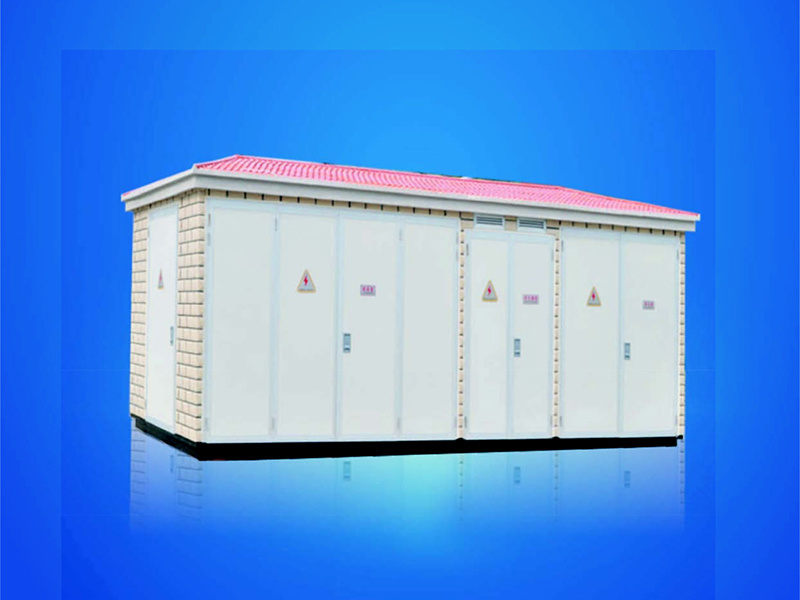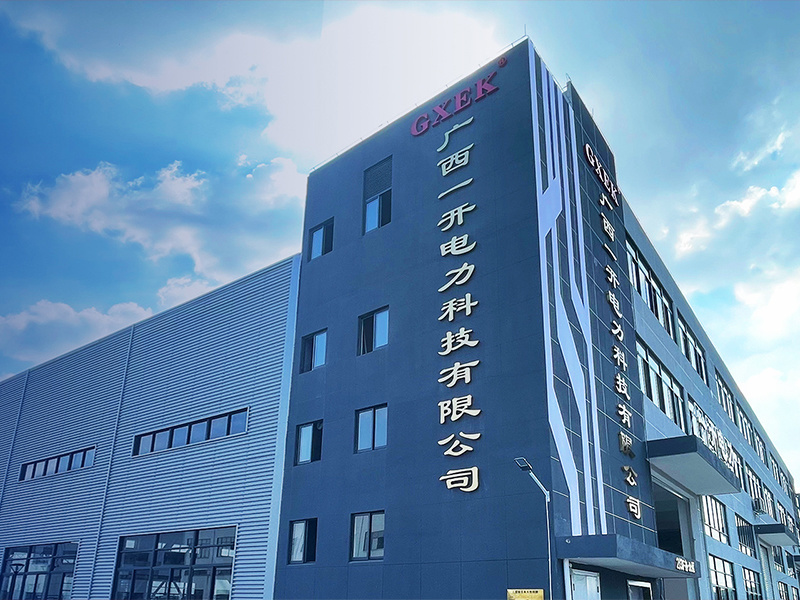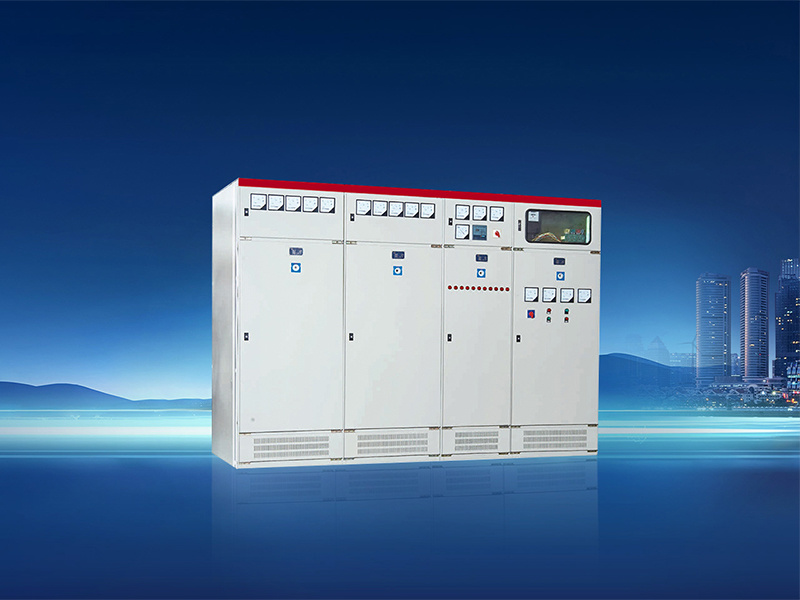Installation and Maintenance of Box-type Substations
Installation and Maintenance of Box-type Substations
Box-type substations, as a type of power equipment that integrates transformers, switchgear, protection devices, and control systems, are widely used in fields such as temporary power supply, new projects, or urban comprehensive engineering due to their characteristics of easy transportation, installation, and quick commissioning. The following is a detailed introduction to the installation and maintenance of box-type substations.
1. Installation of Box-type Substations
- Design Planning and Site Preparation
- Design PlanningAccording to actual needs and site conditions, determine the model, specifications, and layout of the box-type substation. Consider factors such as power load, electrical equipment, and environmental requirements to carry out reasonable design planning.
- Site PreparationSelect a suitable site for installation, ensuring that the site is flat and stable, and meets relevant safety requirements. For earthworks, infrastructure, and drainage, carry out the necessary preparations according to design requirements.
- Box Installation
- After transporting the box-type substation to the designated site, hoist and place the box according to the design drawings and reserved foundations. Ensure that the connection between the box and the foundation is stable and reliable, and meets relevant safety requirements.
- Equipment Installation
- After the box installation is completed, carry out the installation of equipment. Install transformers, switchgear, protection devices, etc., one by one in the designated positions. Pay attention to the connection methods, insulation treatment, and fixed installation technical requirements.
- Grounding and Wiring
- Effectively ground the box-type substation to ensure safe and reliable electrical connections. At the same time, carry out wiring work between devices to ensure smooth and stable power transmission.
- Debugging and Acceptance
- After installation is completed, carry out system debugging and acceptance work. By checking the operating status of the equipment and measuring parameters such as current and voltage, ensure the normal operation of the box-type substation. Conduct corresponding tests and inspections to verify that the box-type substation meets relevant standards and requirements.
- Safety Protection and Training
- During the installation process, pay attention to safety protection measures. Construction personnel should wear personal protective equipment that meets requirements and comply with relevant safety operating procedures. After installation, provide training for relevant personnel, including knowledge of equipment operation, maintenance, and emergency handling.
2. Maintenance of Box-type Substations
- Daily Inspection
- Inspection personnel should regularly inspect the substation, checking whether each component is intact and whether there are any abnormal sounds or vibrations. At the same time, pay attention to checking the temperature of the equipment to prevent failures caused by overheating.
- Cleaning Work
- Regularly clean the dust and debris inside the substation to keep the equipment clean and dry, preventing the accumulation of dirt that could affect the normal operation of the equipment.
- Maintenance of Electrical Components
- Regularly check electrical components such as circuit breakers, isolating switches, and load switches to ensure their operation is flexible and contacts are good. For components that show signs of aging or damage, timely replacement or repair should be carried out.
- Cooling System Maintenance
- Regularly check the working status of cooling fans, radiators, and other components to ensure they operate normally. For faults in the cooling system, timely repairs should be made to prevent excessive equipment temperature due to poor heat dissipation.
- Insulation Performance Monitoring
- Regularly test the insulation performance of the equipment, including measurements of insulation resistance and dielectric loss. For equipment with declining insulation performance, timely handling should be carried out to prevent accidents caused by insulation failures.
- Lightning Protection and Grounding System Inspection
- Regularly inspect lightning protection devices to ensure their performance is good and effectively grounded. At the same time, check the connection of the grounding network to ensure that the grounding resistance meets requirements. Any identified issues should be addressed promptly to prevent equipment damage or safety accidents due to lightning strikes or poor grounding.
- Establish Maintenance and Care Records
- To better manage the maintenance and care of box-type substations, maintenance and care records should be established. The records should detail the time, content, personnel, and issues found and handled during each maintenance and care session. Through the establishment and management of records, it becomes easier to track and analyze the operating status of the equipment, providing a reference for subsequent maintenance and care work.
In summary, the installation and maintenance of box-type substations is a complex and important task. By strictly following installation procedures and strengthening daily maintenance and care work, the safe and stable operation of box-type substations can be ensured, providing strong support for the reliable power supply of the power system.





